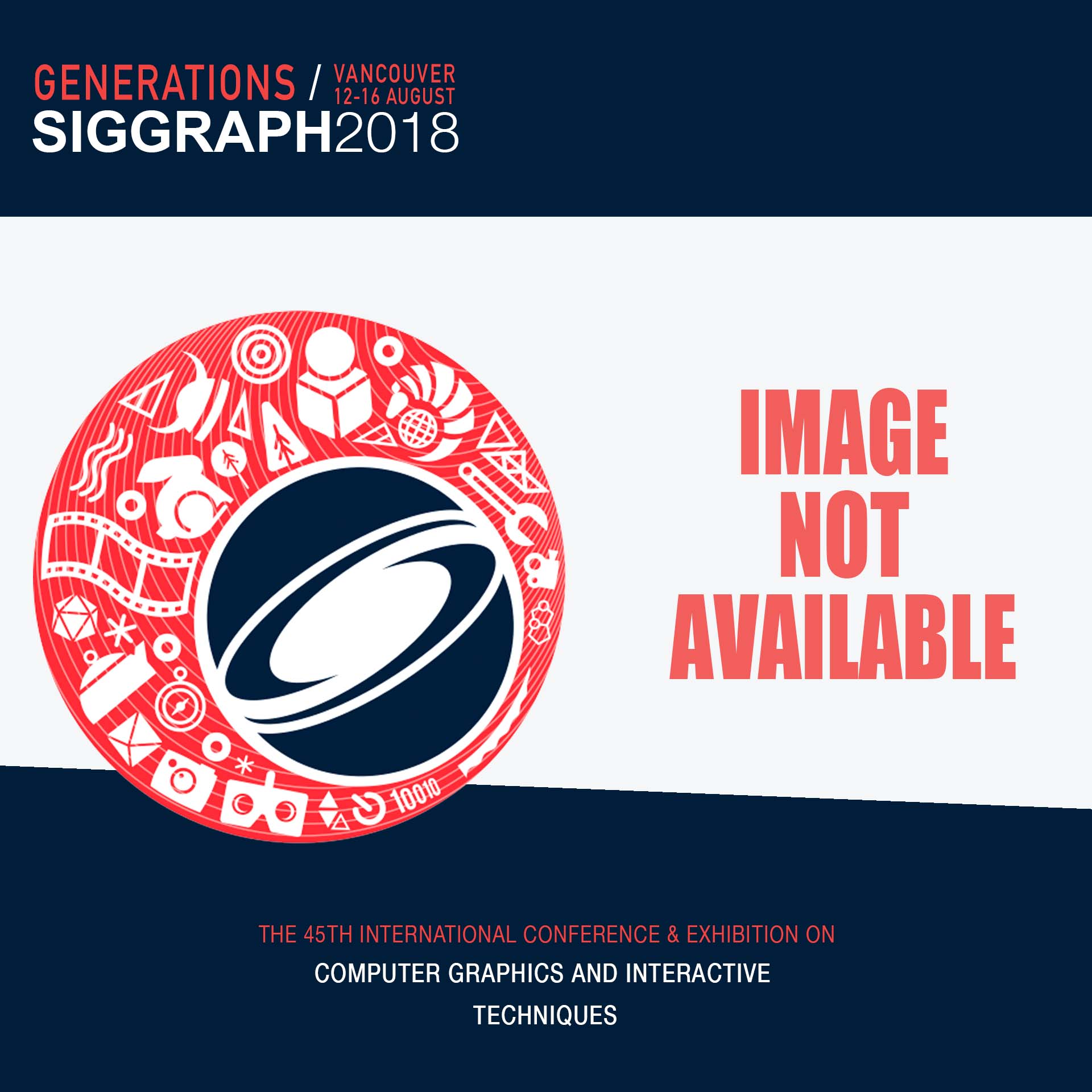“Augmented fauna and glass mutations: a dialogue between material and technique in glassblowing and 3D printing”
Conference:
Type(s):
Title:
- Augmented fauna and glass mutations: a dialogue between material and technique in glassblowing and 3D printing
Presenter(s)/Author(s):
Abstract:
3D printing allows unprecedented freedom in the design and manufacturing of even the most geometric complex forms—seemingly through a simple click of a button. In comparison, the making of glass is an analogue craftsmanship, coordinating an intricate interplay of individual tools and personal skills, giving shape to a material during the short time of its temperature-based plasticity. The two artworks discussed in this article, Augmented Fauna and Glass Mutations, were created during the artist’s residence at the Pilchuck Glass School and articulate a synthesis between digital workflows and traditional craft processes to establish a digital craftsmanship.
References:
- R. Sennett,?The Craftsman?(New Haven, CT: Yale Univ. Press, 2008).
- M. McCullough,?Abstracting Craft: The Practiced Digital Hand?(Cambridge, MA: MIT Press, 1998).?
- M. Heidegger, “The Question Concerning Technology,” in C. Hanks, ed.,?Technology and Values: Essential Readings?(Wiley-Blackwell, 2009) p. 113.
- C. Calhoun, R. Sennett and H. Shapira, “Poiesis Means Making,”?Public Culture?25, No. 2, 195–200 (2013).
- P. Anders,?Envisioning Cyberspace: Designing 3D Electronic Spaces?(New York: McGraw-Hill Professional, 1998) pp. 193–196.?
- T. Klein, “Digital Craftsmanship,” in?Proceedings of International Conference of Design, User Experience, and Usability?(Springer, August 2015) pp. 643–654.?
- N. Oxman,?Material-Based Design Computation?(Cambridge, MA: MIT Press, 2010).
- M. Hansmeyer,?Subdivided Columns—A New Order?(2010): <www.michael-hansmeyer.com/projects/columns.html?screenSize=1&color=1>>> (accessed on 28 March 2018).
- M. Hansmeyer,?Digital Grotesque II?(2017): <www.michael-hansmeyer.com/projects/digital_grotesque_2.html?screenSize=1&color=1>>> (accessed on 28 March 2018).
- B. Dillenburger and M. Hansmeyer, “The Resolution of Architecture in the Digital Age,” in?Proceedings of International Conference on Computer-Aided Architectural Design Futures?(Springer, 2013) pp. 347–357.
- L. Johnson,?Digital Handmade: Craftsmanship in the New Industrial Revolution?(New York: Thames & Hudson, 2015).
- 3DScanExpert, HP 3D Structured Light Scanner Pro S3: <https://3dscanexpert.com/hp-3d-scanner-pro-s3-david-sls-3-review/> (accessed on 11 January 2018).
- Autodesk Knowledge Network, 3DS Max—Knowledge Overview: <https://knowledge.autodesk.com/support/3ds-max> (accessed on 28 March 2018).
- 3DEngr.com, Flashforge Creator Pro 3D Printer: <www.3dengr.com/flashforge-creator-pro-review.html/> (accessed on 11 January 2018).
- M. Rodrigues and M. Kormann, “3D Scanning of Highly Reflective Surfaces: Issues in Scanning the Museums Sheffield Metalwork Collection,” in?Proceedings of Conference on 3D Scanning and Documentation?(Univ. of Cambridge, 2012): <http://shura.shu.ac.uk/6778/> (accessed on 27 March 2018).
- H.T.K. Tse, W.M. Weaver and D. Di Carlo, “Increased Asymmetric and Multi-Daughter Cell Division in Mechanically Confined Microenvironments,”?PloS one?7, No. 6, e38986 (2012).
- E. Haeckel,?Die Radiolarien?(1862).





